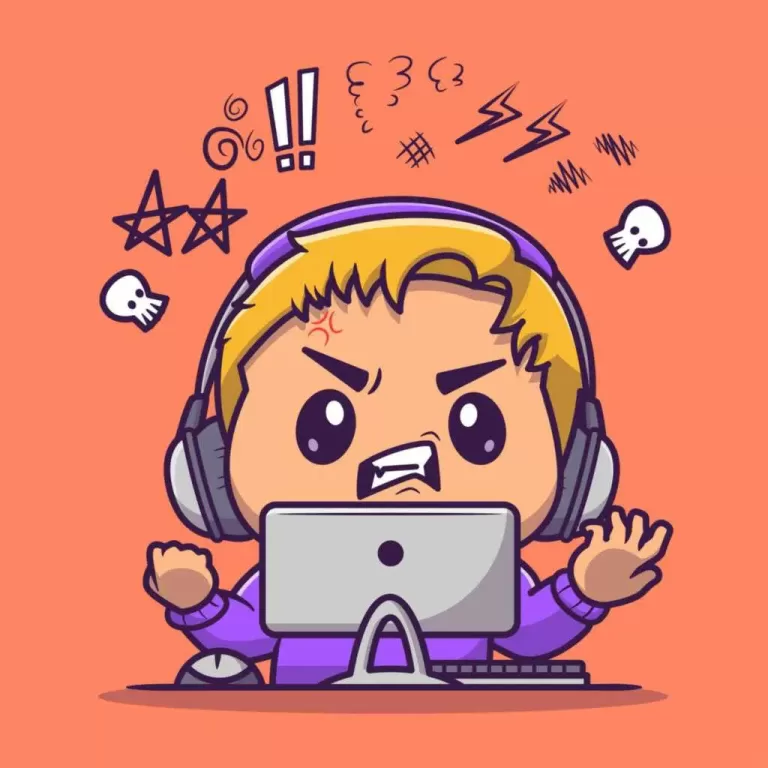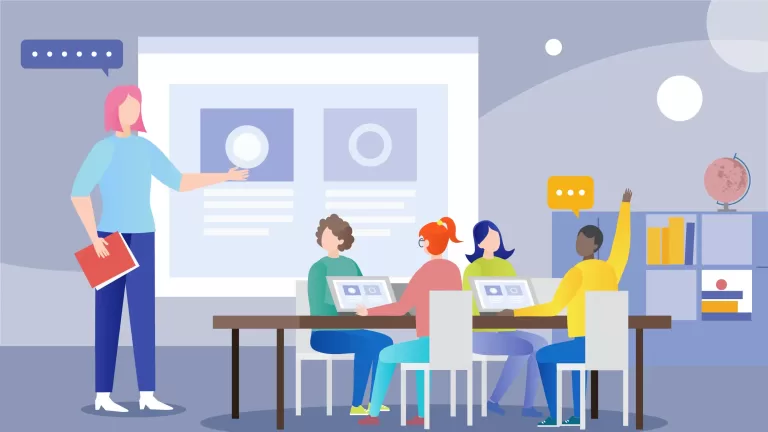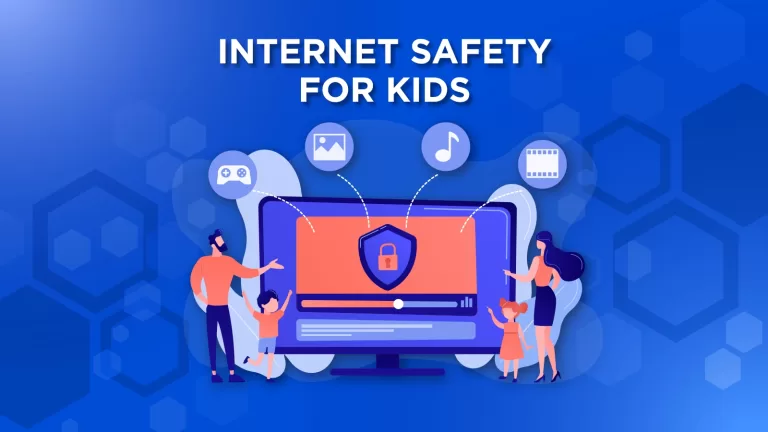
Screen time effects on children
This page may contain affiliate links. If you choose to purchase after clicking a link, I may receive a commission at no extra cost to you.
The advances in technology mean today’s parents are the first generation who have to figure out how to limit screen time for children. While digital devices can provide endless hours of entertainment and offer educational content, unlimited screen time can be harmful to your child’s development, and physical as well as mental health.
The American Academy of Pediatrics recommends parents place a reasonable limit on entertainment media. Despite those recommendations, children between the ages of 8 and 18 average 7 ½ hours of entertainment media per day, according to a 2010 study by the Henry J. Kaiser Family Foundation.
Children can develop symptoms of computer vision syndrome in the same way as adults. Excessive screen time can lead to eye dryness, irritation, fatigue, blurry vision, headaches, and eyestrain.
One study looked at specific factors related to children that may make them more prone to computer vision syndrome. When playing a video game on a screen, children can play for prolonged periods of time with great concentration, leading to excessive dryness and accommodation, leading to symptoms of strain. As well, it is well known that children often don’t complain of blurry vision because they may assume everyone sees the way they do.
Desktop computers are often positioned for adults and may be too high for children, causing them to look up, leaving the eyes more exposed and the neck more susceptible to strain.
There are also many studies looking at the effect of computer use on the development and behavior of children, and these should also be considerations when establishing appropriate screen time for children.
The problem with screens
Unstructured playtime is more valuable for a young child’s developing brain than is electronic media. Children younger than age 2 are more likely to learn and remember information from a live presentation than they are from a video.
By age 2, children can benefit from some types of screen time, such as programming with music, movement and stories. By watching together, you can help your child understand what he or she is seeing and apply it in real life. However, passive screen time shouldn’t replace reading, playing or problem-solving.

As your child grows, keep in mind that too much or poor quality screen time has been linked to:
- Obesity
- Irregular sleep schedules and shorter duration of sleep
- Behavioral problems
- Loss of social skills
- Violence
- Less time for play
Developing screen time rules
The American Academy of Pediatrics discourages media use, except for video chatting, by children younger than 18 to 24 months. If you introduce digital media to children ages 18 to 24 months, make sure it’s high quality and avoid solo media use.
For children ages 2 to 5, limit screen time to one hour a day of high-quality programming.

As your child grows, a one-size-fits-all approach doesn’t work as well. You’ll need to decide how much media to let your child use each day and what’s appropriate.
Consider applying the same rules to your child’s real and virtual environments. In both, play with your child, teach kindness, be involved, and know your child’s friends and what your child does with them. Also, keep in mind that the quality of the media your child is exposed to is more important than the type of technology or amount of time spent.
To ensure quality screen time:
- Preview programs, games and apps before allowing your child to view or play with them. Organisations such as Common Sense Media can help you determine what’s appropriate. Better yet, watch, play or use them with your child.
- Seek out interactive options that engage your child, rather than those that just require pushing and swiping or staring at the screen.
- Use parental controls to block or filter internet content.
- Make sure your child is close by during screen time so that you can supervise his or her activities.
- Ask your child regularly what programs, games and apps he or she has played with during the day.
- When watching programming with your child, discuss what you’re watching and educate him or her about advertising and commercials.
Also, avoid fast-paced programming, which young children have a hard time understanding, apps with a lot of distracting content, and violent media. Eliminate advertising on apps, since young children have trouble telling the difference between ads and factual information.
Managing your child’s use of screens and media will be an ongoing challenge. But by developing household rules and revisiting them as your child grows you can help ensure a safe experience.
A real turning point
The 10,000+ internal documents provided by whistleblower Frances Haugen (originally published anonymously by the Wall Street Journal in their series “The Facebook Files“) lay bare that, like Big Tobacco, the underlying financial incentives driving Big Social’s business model are harming our health and well-being – and they know it. US Congress now has clear evidence that:
- Instagram makes body image issues worse for 1 in 3 teen girls
- Group recommendations are fanning the flames of ethnic violence globally
- Engagement optimization has led political parties in Poland, India, and Taiwan, for example, to take more extreme policy positions
How you can make a difference
First, if you have information about harmful business practices from within these platforms, Ifeoma Ozoma’s new Tech Worker Handbook is a great guide for how to share it safely. For the rest of us, we all play a critical role in growing the movement for tech accountability. Here are ways to take action today:
- Cancel Instagram Youth for good – With so much of this research pointing to the impact of these platforms on young people, we must ensure that Facebook’s pause on building Instagram Youth is permanent. Call for an end to an Instagram for kids app.
- Make Facebook #OneClickSafer – There are no simple fixes for these harms, but a simple practice based on Facebook’s own research could make the platform one click safer by limiting virality on the most dangerous content. Tell Facebook to limit sharing to two levels per post.
- Have a conversation – Plenty of people still don’t understand the depth of this issue, so have a conversation with family, friends, students or that person who keeps sending you misinformation. Definitely watch (and share!) the file “The Social Dilemma” – It’s available on Youtube through Oct. 31st. and also on NETFLIX.
To solve the many existential problems we face as a society, we must come together to ensure our information ecosystem is optimised for the interests of people over profits.









Leave a Comment